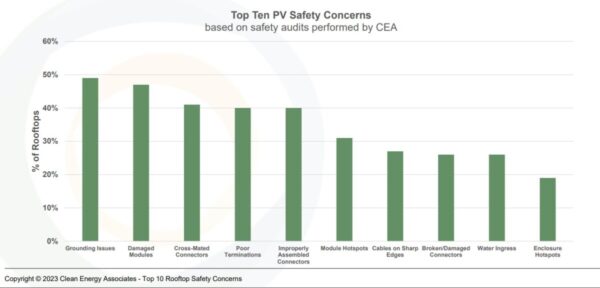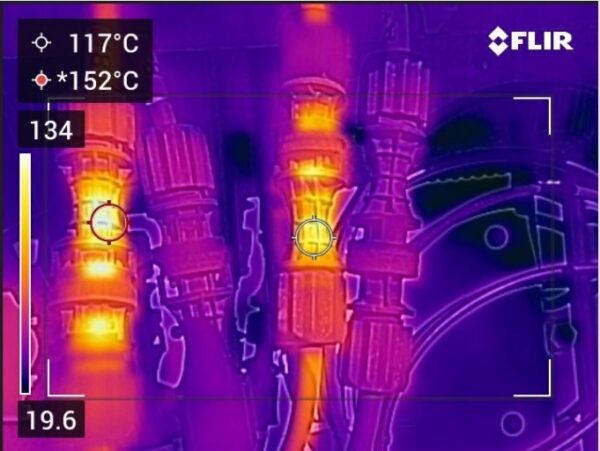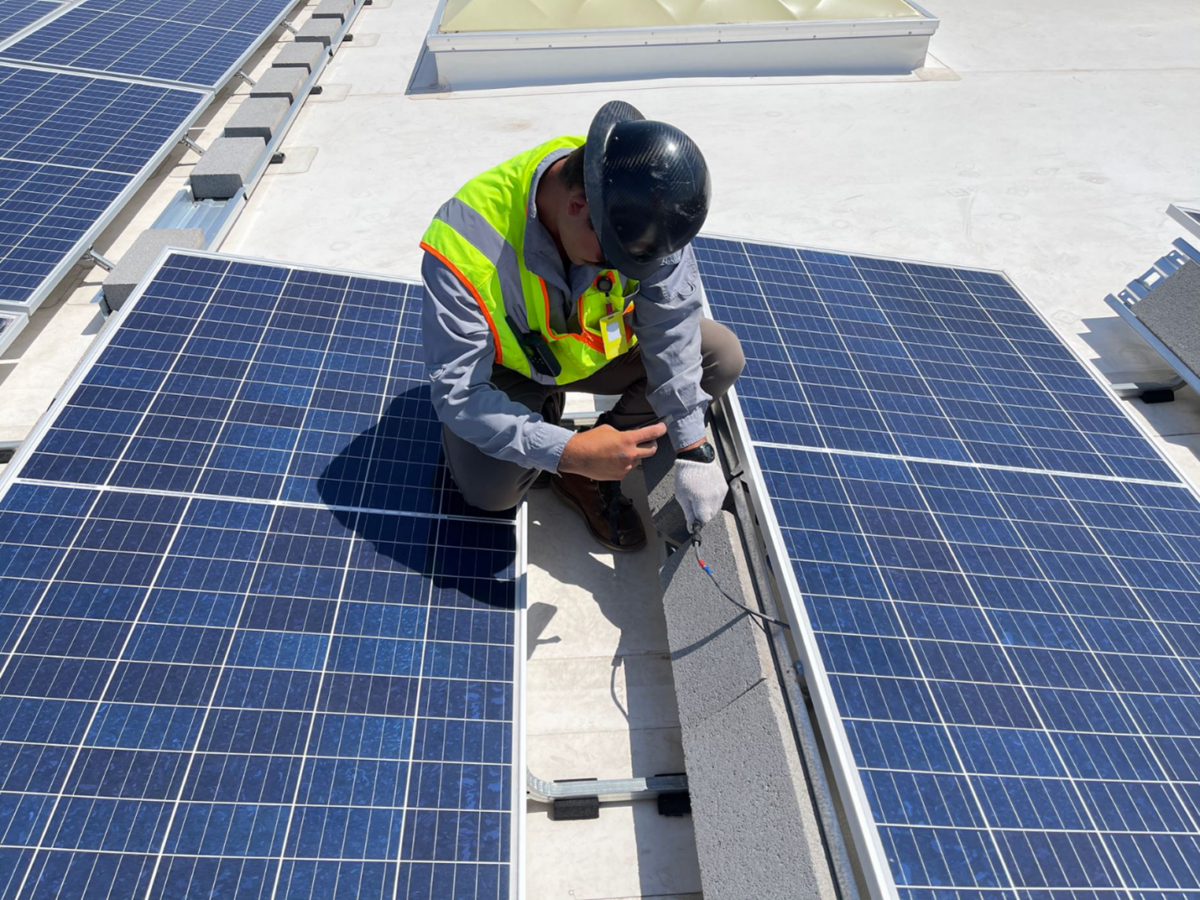From pv magazine USA
Clean Energy Associaties, a clean energy advisory company, performed over 600 safety audits at sites all over the world and found that 97% had safety concerns.
The vast majority of these hazards are caused by poor installation practices, according to CEA. This means most of them can be identified and resolved relatively easily before they lead to fires, safety risks and potentially costly liabilities.
The top ten safety concerns include:
- Grounding issues
- Damaged modules
- Cross-mated connectors
- Poor terminations
- Improperly assembled connectors
- Module hotspots
- Cables on sharp edges
- Broken/damaged connectors
- Water ingress
- Enclosure hotspots

Nearly half of the sites surveyed had damaged modules caused by incorrect installation or cleaning methods, extreme weather, electrical short circuits in the module or heavy soiling on the modules. And while damaged modules can cause underperformance, they can also cause electrical faults, shock hazards and fire safety risk.
Cross-mated connectors were found in 41% of the sites. This typically occurs due to installer error or a lack of understanding UL-listed connector pairings, or the use of incorrect installation techniques. It can also happen when field-made connectors don’t match the module connector. The effect can be water intrusion or corrosion. Or it can potentially lead to fire from arcing in the connector housing.
Poor terminations were seen at 40% of the sites. The issue can be caused by untrained technicians using the wrong crimp, wrong die, poor wire stripping and/or trimming methods. Poor terminations can arc to one another or to wire clippings within the inverter housing. This can also increase heat at the terminal, causing safety and longevity concerns.
Improperly assembled connectors were found at 40% of the inspected sites, another risk possibly caused by untrained workers or lack of standards. The problem cannot be identified during a visual inspection and requires thermal imaging (shown below) or destructive testing. Left unchecked, poorly assembled connectors can cause extreme thermal signatures that result in safety and reliability issues.

Module hotspots were found in 31% of sites. Hotspots can be caused by manufacturing defects, module shading or soiling or damage during shipment. This issue can lead to voltage mismatch between modules, causing string underperformance. If the modules get too hot they can melt the backsheet, potentially causing arcing or fire.
Cables rubbing against sharp edges were found at 27% of sites surveyed. This can be caused by untrained workers or by weather variations. The expansion and contraction that takes place through seasonal heat changes can cause enough movement to allow sharp edges to eventually cut through the cable installation. Once the conducts is exposed, a short circuit can develop and may lead to fire.
Broken and damaged connectors were found in just over one-quarter of sites. While this can be cause by untrained workers or lack of standards, it can also be caused by prolonged exposure to sunlight, rain, etc.
All installations are expected to resist a certain level of water from rain and snow, however, water ingress was found to be an issue at 26% of sites. This can be caused by improperly installed equipment covers, missing or damaged conduit seals or missing weep holes, leaving no way for water to exit enclosures. Electrical failure and potential thermal events can result, caused by compromised component protection or the creation of unintended electrical paths.
Enclosure hotspots were identified at 19% of sites. These hotspots can be caused by installation problems or from faulty fuses or unsafe system operation. The issue can affect production output, or can risk component breakdown and electrical failure.
Co-authors Chris Chappell, CEA’s senior director of engineering services, and Ankil Sanghvi, engineering manager, will discuss these findings and their experiences inspecting solar rooftops for some of the largest retailers in the U.S. at 1 p.m. EDT June 29, on a free webcast, “From Sunlight to Spotlight: Avoiding Fire Hazards in Your Rooftop Solar Installations.”
This content is protected by copyright and may not be reused. If you want to cooperate with us and would like to reuse some of our content, please contact: editors@pv-magazine.com.









It’s very helpful for the industry